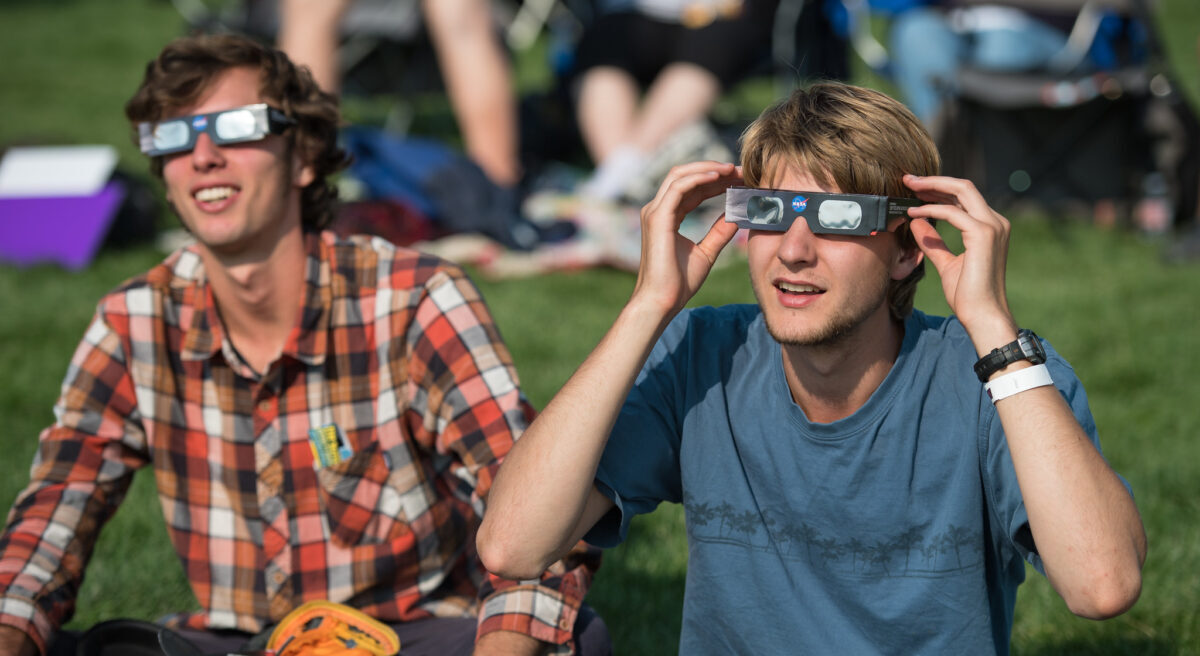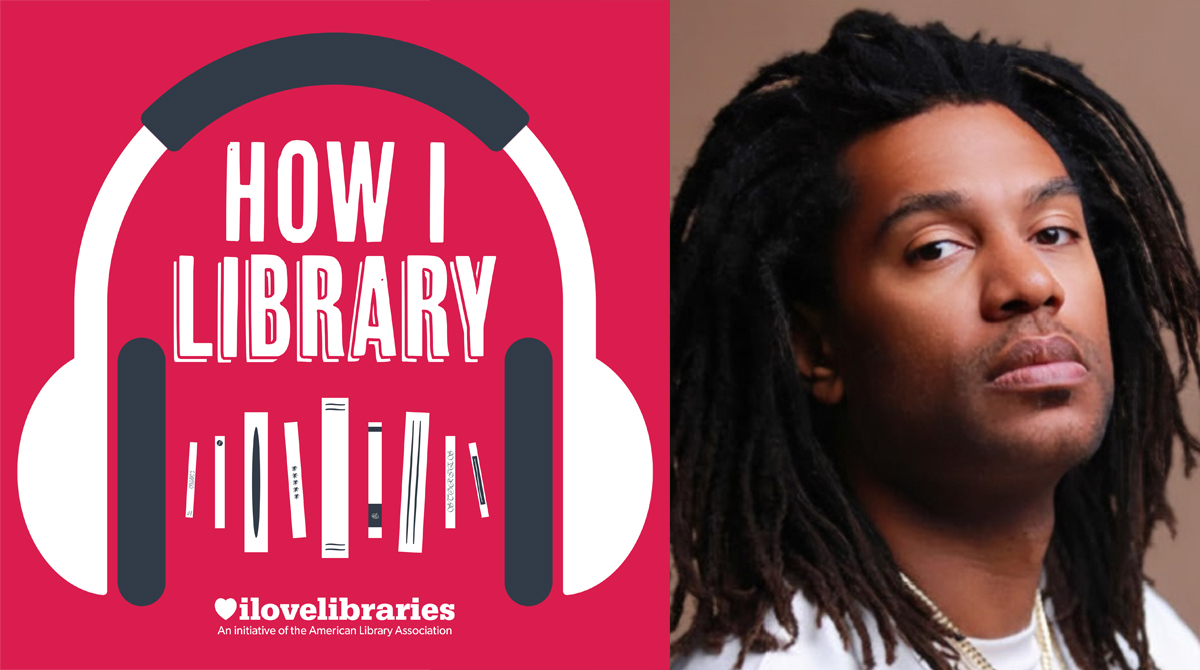Millions of people are predicted to turn their gazes to the sky Monday, April 8, to witness a celestial event that has long captivated people since the dawn of humankind-the Moon crossing directly in front of the Sun and the brief darkness and optical phenomena that ensue.
The solar eclipse will have a path of totality-where the moon completely covers the sun-spanning more than a dozen states and 115 miles wide. The path of totality will move from Texas to Maine throughout the afternoon Monday, beginning at the Texas-Mexico border around 12:10 p.m. CT and ending after it leaves northern Maine around 4:40 p.m. ET. The farther viewers are from the path of totality, the less the sun will appear to be blocked. All 48 states in the contiguous U.S. should see at least a partial eclipse. This will be the last chance to catch a total solar eclipse in the continental U.S. for about 20 years.
Looking directly at a solar eclipse with the naked eye can have catastrophic effects on the human eye. Except during the brief total phase of a total solar eclipse, when the Moon completely blocks the Sun’s bright face, it is not safe to look directly at the Sun without specialized eye protection for solar viewing. Viewing any part of the bright Sun through a camera lens, binoculars, or a telescope without a special-purpose solar filter secured over the front of the optics will instantly cause severe eye injury.
Thankfully libraries are helping to make the viewing experience possible by offering free eclipse glasses to their communities.
Eclipse glasses are not regular sunglasses; regular sunglasses, no matter how dark, are not safe for viewing the Sun, according to NASA. Safe solar viewers are thousands of times darker and ought to comply with the ISO 12312-2 international standard.
Libraries in states both within and outside of the path of totality-from Pennsylvania and Louisiana to Florida and New York-will have glasses available for eclipse gazers. Some have limited quantities, so please check with your library early to ensure availability, if interested.
Many libraries are also hosting eclipse watching parties and other events to celebrate. Here are some of our faves.
- Benzonia (Mich.) Public Library will be hosting Eclipsefest 2024 on Monday. There will be coloring, crafts and science, technology, engineering, and math activities available all day.
- Corpus Christi (Texas) Public Libraries (CCPL) are hosting several free eclipse programs leading up to the big day. On Saturday, April 6, people can learn about the upcoming eclipse in a mobile planetarium at CCPL’s Ben F. McDonald Public Library and make an eclipse craft. Online registration is required to enter the planetarium but is not required to participate in the crafting. On Monday, the library will be hosting an eclipse-viewing party during the day.
- Broome County (N.Y.) Public Library will be hosting a NASA representative on Monday to help usher in the eclipse. Tish Breesee, a NASA Solar System Ambassador, will show families how to properly view the eclipse, which includes how to properly wear the eclipse glasses. After the 15-minute presentation, participants will move out to the library’s garden where they will have hands-on activities, such as making a “pinhole viewer” and using an Oreo to model the solar eclipse.
And finally, for those who really want to dive in and learn more about eclipses, a University of Arkansas Little Rock librarian has curated a list of open-access resources to educate and engage enthusiasts about this celestial event.
Drawing upon her expertise in information curation, Jenna Eastwood, assistant professor and teaching and learning librarian, has compiled a wealth of online resources, ranging from scientific articles and educational videos to interactive websites, providing accessible avenues for individuals to delve into the science and wonder of solar eclipses.
“I focused on open-access resources so almost all of these resources should be accessible to anyone, regardless of if they are on campus,” Eastwood said. “There are scholarly articles about eclipses as well as medical websites about how to safely view the solar eclipse. There is also a documentary about a photographer who chases solar eclipses around the world. I covered many different areas because solar eclipses are so impactful.”
The variety of topics on Eastwood’s list include resources about the history of solar eclipses, an eclipse’s impact on animals, art, astronomy, and resources for K-12 students and teachers. Check them out here.
Happy-and safe-eclipse viewing everyone!
Subscribe to the I Love Libraries newsletter! You’ll get monthly updates on library news, advocacy updates, book interviews, book info, and more!
Photo: People are seen as they watch a total solar eclipse through protective glasses in Madras, Oregon on Monday, Aug. 21, 2017. By NASA/Aubrey Gemignani, CC BY-NC-ND 2.0 DEED.




